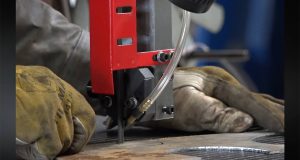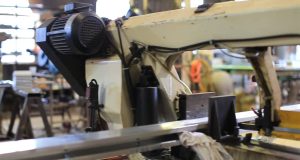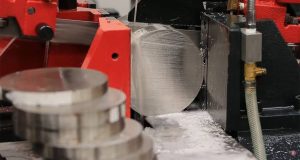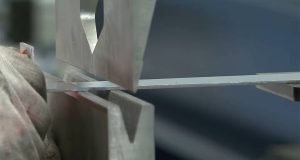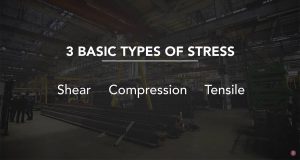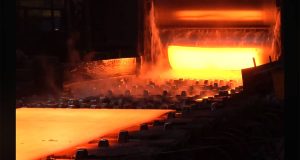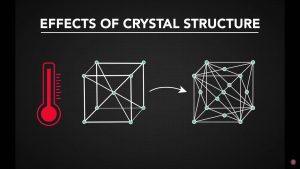Magnesium alloys are valued for their lightweight and machinability, making them a preferred choice in various industries. This article provides essential insights into working with magnesium alloys, highlighting both their benefits and challenges, and offers practical tips for effective usage.
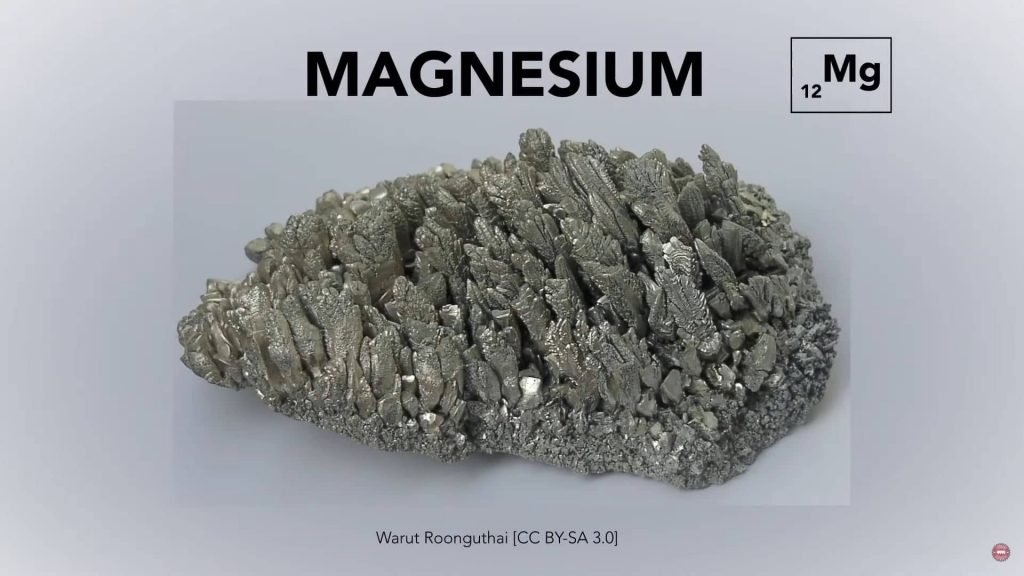
Introduction to Magnesium
Magnesium stands out as the lightest commercially available metal, making it an attractive option for industries aiming to reduce the weight of their products. This unique property is particularly advantageous in sectors where performance and efficiency are closely tied to weight reduction.
Negative Qualities of Magnesium
- Brittleness: Magnesium is prone to breaking or cracking under stress, limiting its applications where flexibility and durability are required.
- Difficult to Form: Shaping and forming magnesium can be challenging, adding complexity to the manufacturing process.
- Poor Resistance: It has poor resistance to wear, tear, and corrosion, restricting its use in environments where durability is crucial.
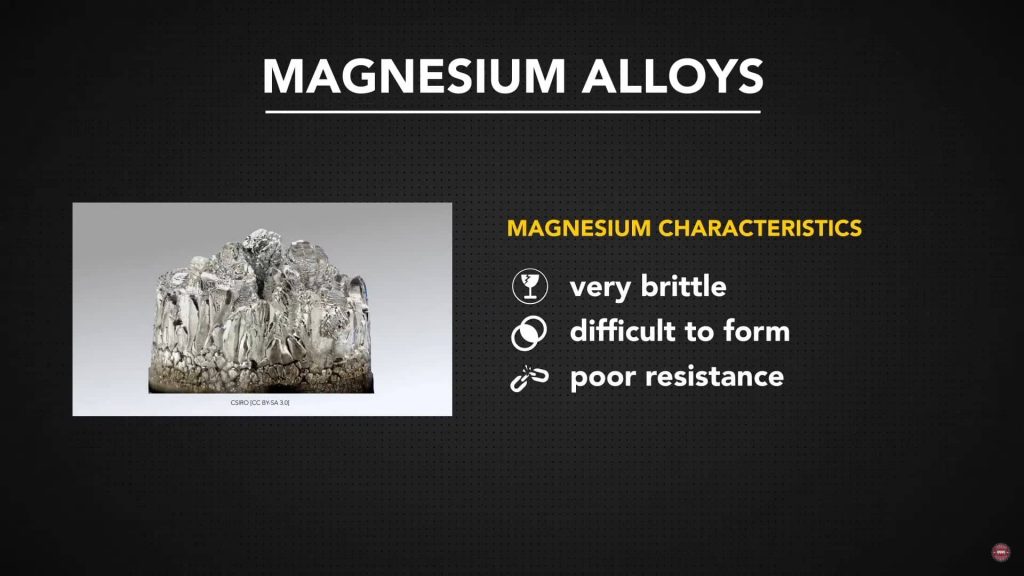
Benefits of Magnesium Alloys
Despite its drawbacks, magnesium alloys are known for their ease of machining. They can be cut, drilled, and shaped more easily than many other metals, simplifying the manufacturing process and allowing for more precise component creation. Additionally, their lightweight nature is a significant advantage, particularly in industries like automotive and aerospace, where reducing weight can lead to enhanced performance and fuel efficiency.
Applications of Magnesium Alloys
Magnesium alloys are prominently used in the automotive industry, especially in the production of race car wheels. These lightweight wheels contribute to improved speed and handling, providing a competitive edge in motorsports. When the need shifts from speed to strength, manufacturers often switch to aluminum alloys, which offer better durability and strength.
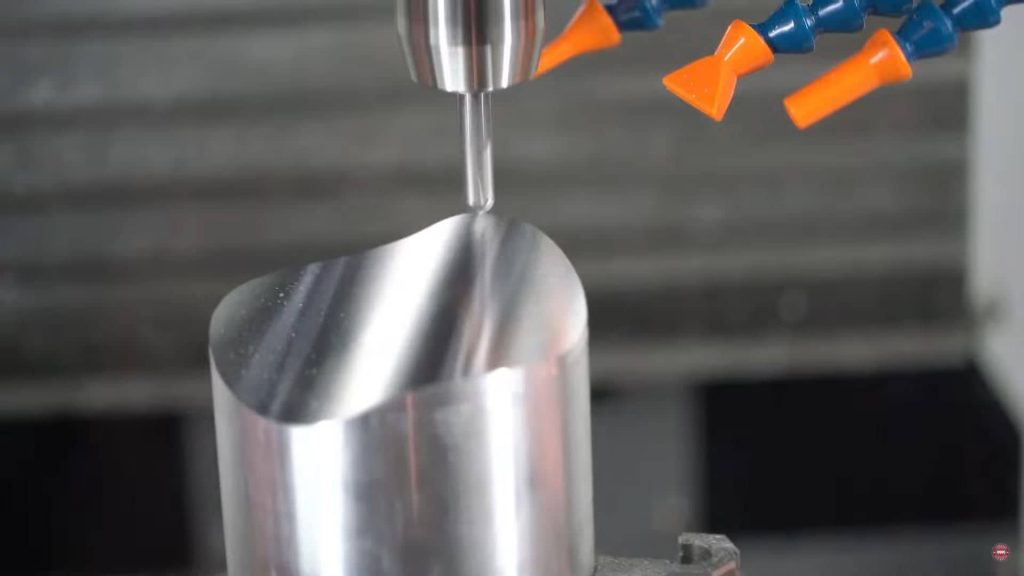
Key Properties of Magnesium Alloys
| Property | Description |
|---|---|
| Density | Lightest commercially available metal |
| Machinability | Easy to machine with appropriate techniques |
| Flammability | Highly flammable; requires careful handling |
| Common Applications | Automotive, aerospace, electronics |
Historical Context and Future Potential
Magnesium has been historically used in various forms, from flash photography to early automotive and aerospace applications. Its unique properties have long been recognized and utilized in innovative ways. Ongoing research and development may lead to new magnesium alloy formulations that could mitigate some current drawbacks, expanding magnesium’s use in more demanding applications.
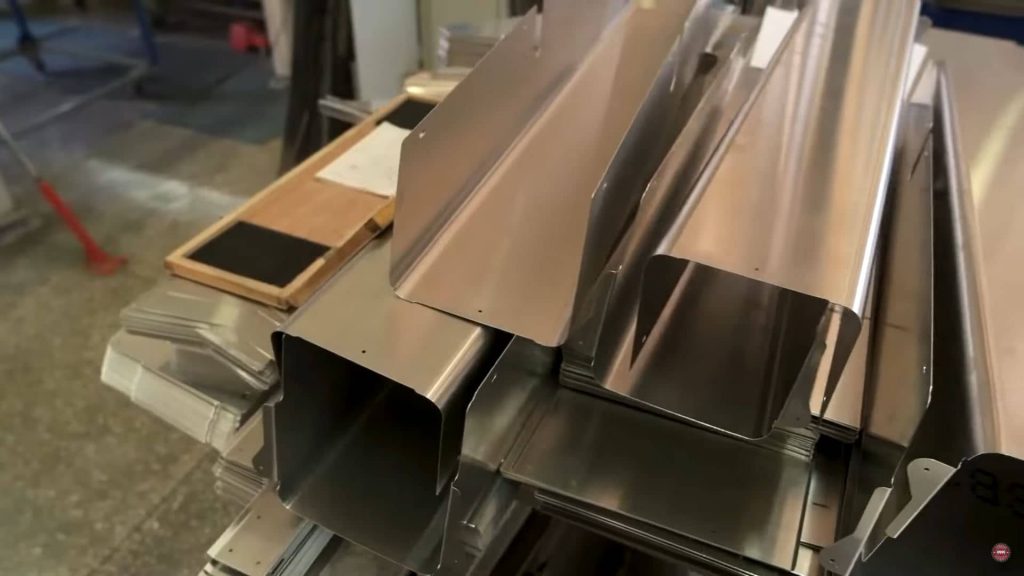
Challenges and Solutions
- Handling and Safety: Due to its flammability, magnesium requires careful handling during machining and processing to prevent accidents.
- Corrosion Protection: Applying protective coatings can enhance magnesium’s resistance to corrosion, extending its lifespan in various applications.
Explore Further: Band Sawing vs. Friction Sawing
For a comprehensive understanding of different cutting techniques, check out our article “Band Sawing vs. Friction Sawing: Differences and Uses.” This insightful guide delves into the unique characteristics, advantages, and applications of both methods, helping you determine the best sawing technique for your specific needs. Whether you’re a professional or a DIY enthusiast, this article provides valuable information to enhance your cutting projects. Don’t miss out—read it now to make informed decisions for your workshop!
Discover More at SawbladeUniversity.com
For a wealth of information on various sawing techniques, maintenance tips, and tool reviews, visit SawbladeUniversity.com. Our website offers in-depth articles, video tutorials, and expert advice to help you get the most out of your cutting tools. Whether you’re a seasoned professional or just starting out, SawbladeUniversity.com has everything you need to enhance your skills and knowledge. Check it out today and take your sawing expertise to the next level!
Watch Our Video: 2070 – 08 – Magnesium Alloys by SawbladeUniversity
For a comprehensive visual guide on working with magnesium alloys, watch our video “2070 – 08 – Magnesium Alloys” on YouTube. Brought to you by SawbladeUniversity, this video covers essential tips, techniques, and insights to help you master the use of magnesium alloys in your projects. Click here to watch now and enhance your understanding of this versatile material.
Magnesium and its alloys offer a balance of properties that can be beneficial in certain applications but also come with limitations. Industries must carefully weigh these pros and cons when deciding whether to use magnesium alloys. Magnesium alloys are favored in scenarios where weight reduction and ease of machining are prioritized, while aluminum alloys are chosen for their superior strength and resistance. By understanding these materials’ unique characteristics, manufacturers can make informed decisions to optimize performance and efficiency in their products.

